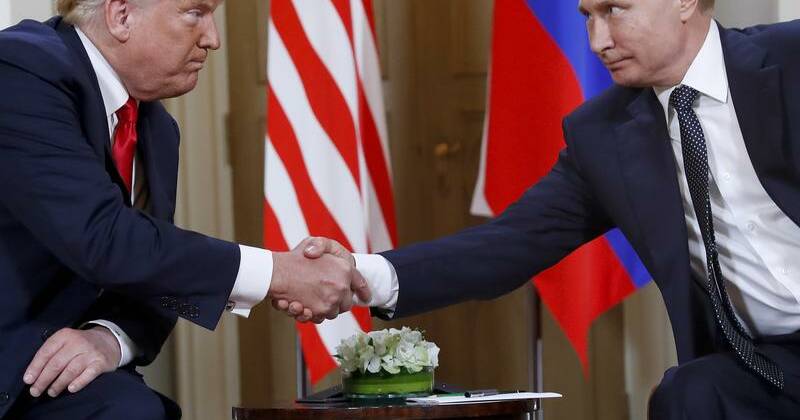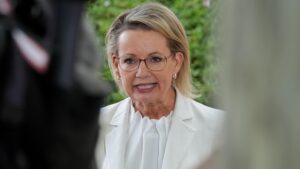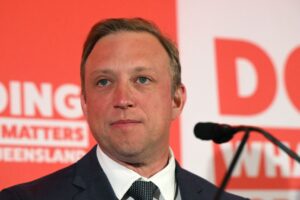
Donald Trump and Vladimir Putin convened at a Cold War-era air force base in Alaska on March 15, 2024, to negotiate a potential ceasefire for Ukraine. This meeting, significant in the context of the ongoing conflict, marks the first direct talks between the two leaders since Trump resumed his presidency. The United States views the discussions as a crucial step towards resolving what has become the deadliest war in Europe since World War II.
Ukrainian President Volodymyr Zelenskiy was notably absent from the talks, raising concerns among him and his European allies. They fear that Trump may compromise Ukraine’s position by effectively freezing the conflict and acknowledging Russian control over approximately one-fifth of Ukraine. Both leaders are hoping to secure political victories from this summit, with Trump aiming to enhance his chances for the Nobel Peace Prize and Putin seeking to demonstrate that Russia has regained its status in international diplomacy.
The summit commenced at 11:00 AM local time. Trump, who previously claimed he could resolve the war within 24 hours, acknowledged the complexity of the situation, stating it has proven to be “a tougher nut to crack” than he anticipated. He emphasized the importance of a follow-up three-way summit involving Zelenskiy, suggesting that this would be more significant than his discussions with Putin.
Russian Foreign Minister Sergei Lavrov, arriving in Alaska wearing a USSR sweatshirt, indicated that Moscow had not revealed its stance ahead of the talks. Reports suggest that there may be room for compromise, as Putin appears to recognize the economic strains resulting from the continued conflict. The Kremlin has expressed willingness to contemplate a ceasefire, yet insists that verification issues must be addressed first.
In a recent call, Trump reportedly acknowledged Ukraine’s necessity in any discussions regarding territorial concessions, aligning with Zelenskiy’s demands for security guarantees from Washington. Ukraine’s leadership remains steadfast in opposing any formal ceding of land to Russia, viewing such actions as capitulation.
Putin’s terms for ending the conflict include the withdrawal of Ukrainian forces from regions such as Donetsk, Zaporizhzhia, and Kherson, areas totaling approximately 21,000 square kilometers. He has also insisted that Ukraine must formally abandon its NATO aspirations and commit to a neutral stance. Ukraine perceives these conditions as unacceptable and detrimental to its sovereignty.
As the summit progresses, Trump has suggested that land transfers could serve as a potential solution to break the deadlock. Meanwhile, the prospect of a new nuclear arms control agreement looms large, as the current accord is set to expire in February 2026.
The outcome of these talks holds significant implications not only for Ukraine but for international relations more broadly. With both leaders seeking to project strength, the discussions in Alaska may shape the geopolitical landscape for years to come.






